Posted May 2, 2025 by Tiffany Lee
In case you missed these stories highlighting research and creative activity at the University of Nebraska-Lincoln, the Office of Research and Innovation’s communications team has compiled a roundup of some top research stories from research.unl.edu and other sources.

Sukumaran seeks to better understand zinc’s role in taste
Who: Sunil Sukumaran, assistant professor of nutrition and health sciences
What: Sukumaran received a five-year, $1.5 million award from the National Science Foundation’s Faculty Early Career Development Program to investigate biochemical pathways and molecular processes underlying zinc’s roles in taste cells. Though doctors have been prescribing zinc supplements to treat taste loss since the 1980s, researchers still lack a clear picture of how, exactly, the micronutrient rehabilitates and governs taste sensation. Better understanding these mechanisms will shed light on improved strategies for treating people with taste loss. Sukumaran will also explore zinc’s role in inhibiting sweet taste, paving the way for new approaches to curb overconsumption of sugar. He will also forge a partnership with Southeast Community College that enables SCC students to work in his laboratory, and he will share his research through the university’s Osher Lifelong Learning Institute and East Campus Discovery Days and Farmers Market. The work is possible because of new genomics tools like CRISPR screening and spatial and single RNA sequencing.
“We have new tools available now that didn’t exist five or 10 years ago,” Sukumaran said.
Writer: Tiffany Lee, Office of Research and Innovation
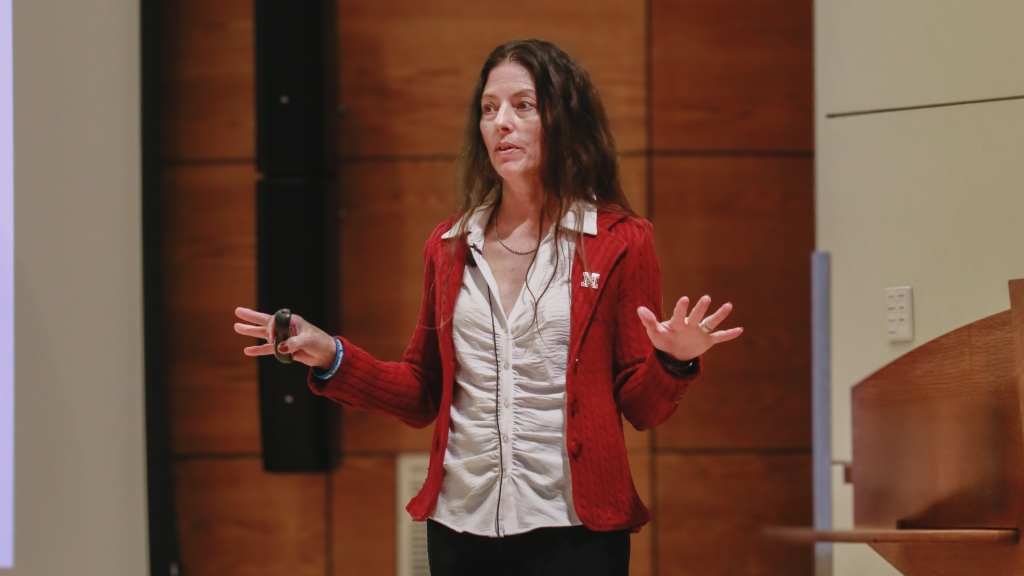
Nebraska Lecturer outlines tragedy of sex trafficking in India
Who: Rochelle Dalla, professor of child, youth and family studies
What: In her April 30 Nebraska Lecture, Dalla shared facets of her research focused on family-facilitated child sex trafficking in India. Her trajectory of work started in 1998 during a partnership with the Salvation Army and eventually took her to India, where she investigated how the caste system underpins a far-reaching commercial sex industry fueled by both kidnapping and the selling of girls and women by family members. Her research focuses on familial dynamics, intergenerational family processes and support systems of women trafficked into the commercial sex industry. In her lecture, Dalla said the work is emotionally charged, and she sometimes finds herself crying with victims. She also feels “awe and respect” for women trying to keep their own daughters from falling into the life, too, despite a dearth of other economic opportunities. Dalla created the Journal of Human Trafficking, now in its tenth year of covering a wide range of issues related to human trafficking. The lecture will soon be available on the Nebraska Lectures website.
Writer: Dan Moser, Office of Research and Innovation
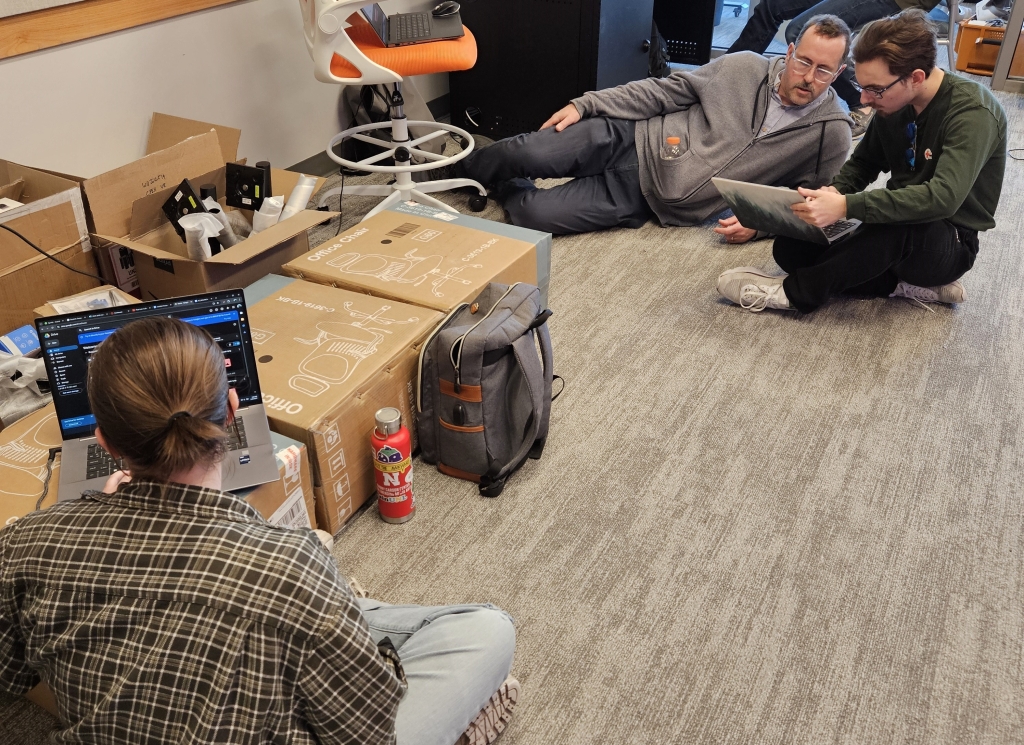
Students create MetaObjects in ‘virtual reality sandbox’
Who: Aspen Gurr, Eva Kramer, Na’Taya Moore and Kolby Hunt, Husker undergraduate students; Michael Burton, assistant professor of textiles, merchandising and fashion design; Kwakiutl Dreher, associate professor of English and film studies; William G. Thomas, adjunct faculty in history
What: University of Nebraska-Lincoln undergraduates are developing their creativity through research at the Animating History Lab. Burton launched the lab after receiving a UNL Arts and Humanities grant to create a short animation, “Anna,” that followed the life of an enslaved woman named Ann Williams. Since then, Burton and his team have continued to uncover lesser-known historical stories and share them through short films. Through UNL’s Undergraduate Creative Activities and Research Experiences program, Burton employs undergraduates to assist with filmmaking. During the first semester of the two-semester program, students familiarized themselves with the filmmaking process by contributing to an Animating History film. In the second semester, students undertook personal creative projects that explored historical topics and developed MetaObjects — short animations, VR experiences, 3D clothing models or similar digital artifacts — that they presented at Student Research Days in April.
Writer: Nathan Spencer, Office of Research and Innovation
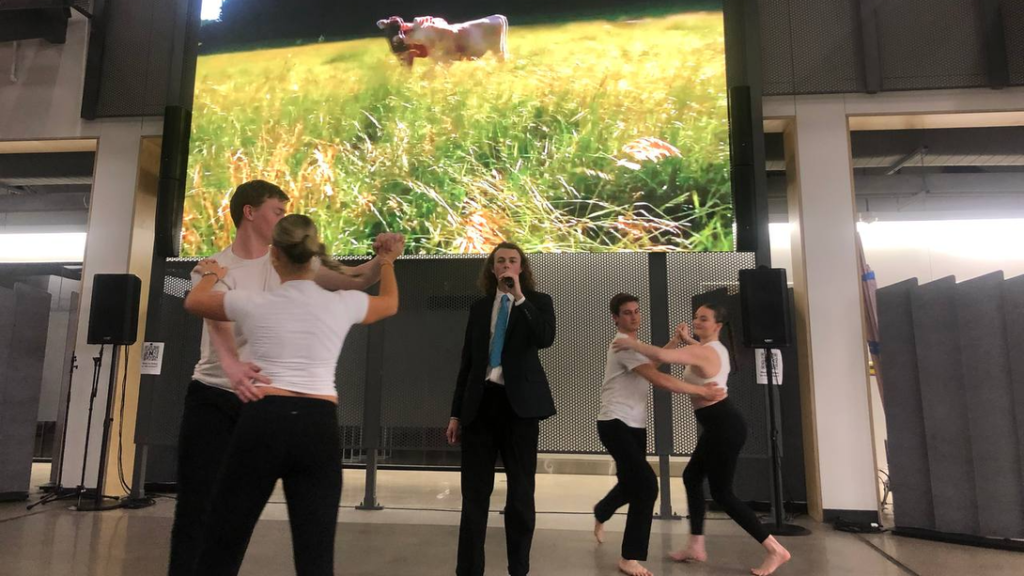
Hardin fuses science, arts for unique thesis presentation
Who: Mason Hardin, Husker undergraduate student in chemistry; Georgina Bingham, research associate professor of entomology; Limei Zhang, associate professor of biochemistry; Susan Ourada, associate professor of dance
What: Hardin shared the findings of his undergraduate research in a unique senior thesis presentation involving music and dance. His research focuses on protecting cattle from blood-feeding insects such as the stable fly. Specifically, he is examining the drug nitisinone, and whether administering it to cattle could help protect them from blood-feeding insects. If successful, his research could help contribute to the development of new methods to prevent disease in cattle herds. With the help of Bingham, Zhang and Ourada, Hardin found a way to use his storytelling skills to make an engaging presentation on his complicated research. He recruited fine and performing arts students to demonstrate elements of his research through dance routines, resulting in a mode of science communication unlike many others. Alternate modes of science communication, Hardin believes, can be used to bridge the gap between research and the public, as well as between disciplines.
“I see it as a necessity to incorporate novel approaches,” said Hardin, who will attend medical school in the fall. “Being able to incorporate it into its own unique form and make a memorable experience might increase the impact and ability for it to be seen by others.”
Writer: Kristina Jackson, University Communication and Marketing
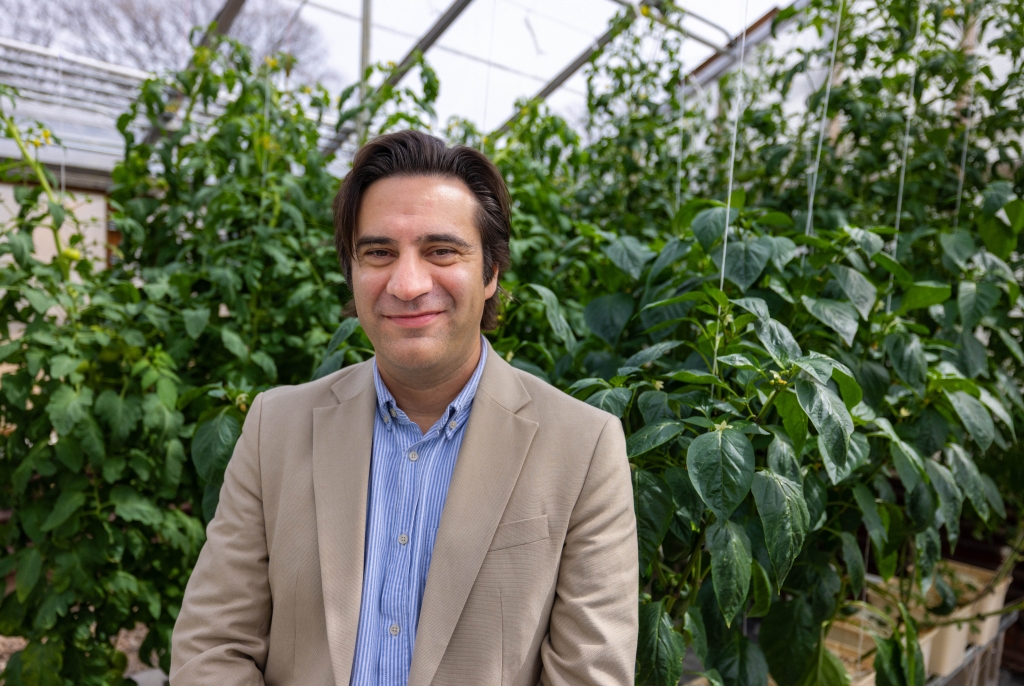
International team calls for new approach to estimate crop yield potential, gaps
Who: Patricio Grassini, Sunkist Distinguished Professor of agronomy and horticulture; Fatima Tenorio, research assistant professor of agronomy and horticulture; Fernando Aramburu Merlos, affiliate in agronomy and horticulture; Juan Rattalino Edreira, research assistant professor of agronomy and horticulture
What: Husker researchers made major contributions to a study published in the journal Nature Food that posits a new approach for estimating crop yield potential and gaps. If this international effort is successful, the new approach could provide vital information in the worldwide battle to meet growing food demand. While yield potential is determined by soil quality and climate, yield gaps estimate the difference between yield potential and the actual yields produced by the farm. Current statistical models, Grassini said, tend to overestimate yield potential in the United States, while underestimating crop yield in other parts of the world. In their paper titled “Statistical approaches are inadequate for accurate estimation of yield potential and gaps at regional level,” the research team concluded that its “bottom-up” spatial scaling approach for estimating yield potential and gaps clearly outperformed estimates derived from four statistical models.
“This is a call to set the record straight because if we are going to use this information to inform policy and our investments, we better make sure that the information is sound and has been validated,” Grassini said.
Writer: Dan Moser, Office of Research and Innovation
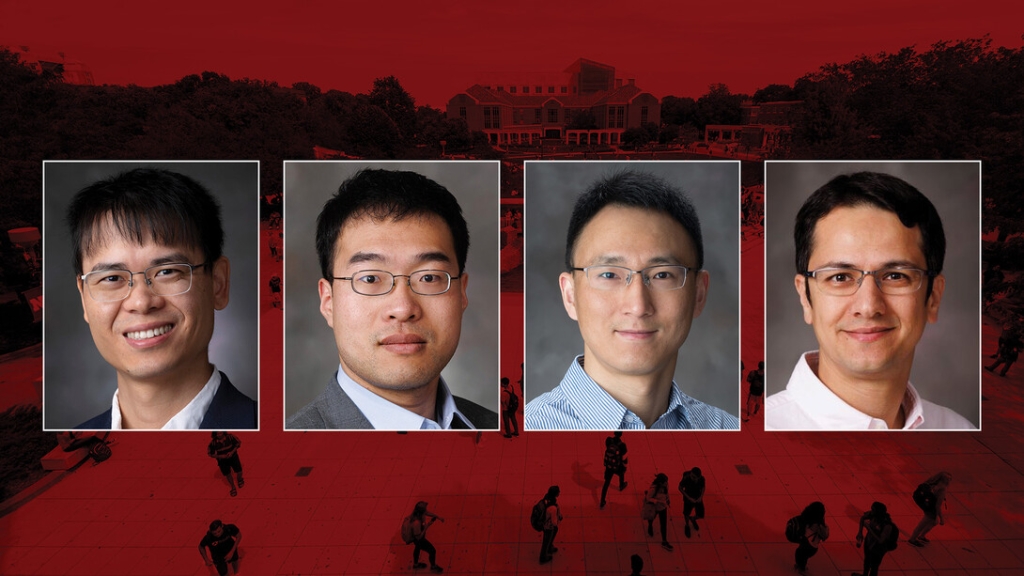
Interdisciplinary project aims to improve Nebraska farming
Who: Qiang Liu and Hongzhi Guo, assistant professors of computing; Yufeng Ge, Eberhard Professor of biological systems engineering; Saleh Taghvaeian, associate professor of biological systems engineering
What: Liu’s team will design a digital twin system that gathers precise crop growth measurements that will enable farmers to irrigate their crops more efficiently. Digital twin systems duplicate real-world models into virtual replicas, allowing scientists and farmers to conduct experiments that save time, money, labor and natural resources. The team’s system, “CropTwin,” will digitally replicate a Nebraska farm, simulating crop growth under various irrigation methods and climate scenarios. Because most agricultural digital twins rely on simulators that approximate field measurements or use too few data sets, many models make inaccurate predictions. To address this, Guo is developing “AquaCrop,” a multimodal Internet of Things platform that gathers real-time field data for CropTwin without the need for human intervention. The team will carry out research at the Spidercam field phenotyping site at the Eastern Nebraska Research, Extension and Education Center.
“This project is forward-thinking, and a very cool collaboration between the College of Engineering and the Institute of Agriculture and Natural Resources,” Ge said.
Writer: Victoria Grdina, School of Computing
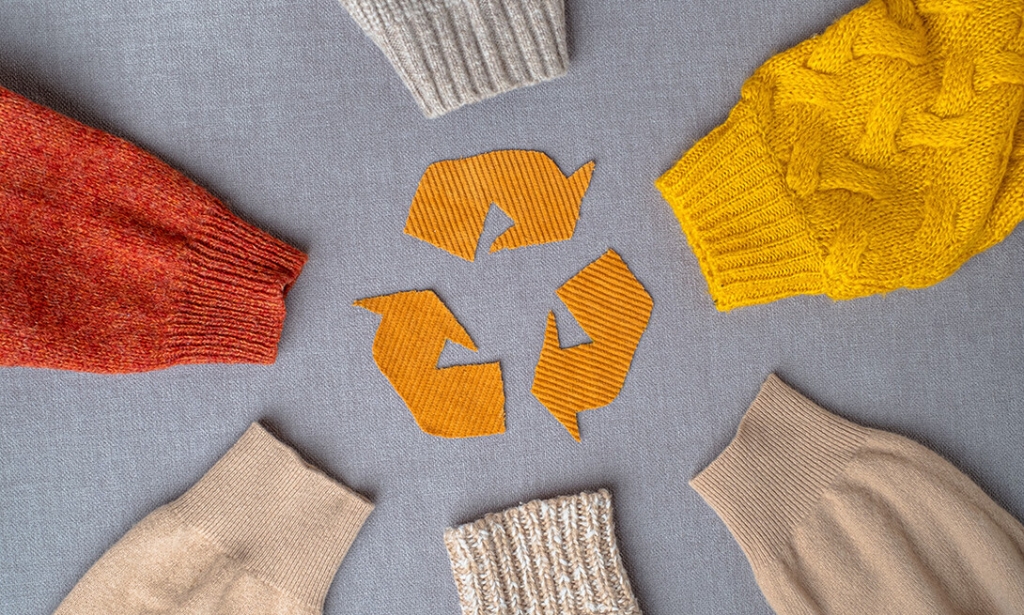
Yang previews chemical recycling innovation for textiles
Who: Yiqi Yang, Charles Bessey Professor of textiles, merchandising and fashion design; Yuanyi Shao, Husker doctoral student
What: With worldwide demand for clothing growing every year, the textile industry has turned to synthetic fibers to supplement the use of natural fibers and wool. Because of the long-term effects of nondegradable microparticles that come from synthetic fibers, textile recycling has become a sought-after solution for lowering demand for new fibers. While contemporary methods of textile recycling are limited, Yang and an interdisciplinary team have developed an aqueous fiber-to-fiber system technology that produces high-quality fibers. According to Yang, the team is the first in the world to discover a way to remove dyes from fabric without damaging the dyes or the fiber polymers, recycling not only the fibers, but also the solvents and dyes used in the process. A series of articles published by Yang show the success of the technology on a variety of fibers commonly found in clothing, producing recycled fibers with better properties than those of artificial fibers. He is pursuing a patent for the technology.
“Everything we did was having large-scale production in mind. Of course, we have to have industry interest because the industrial application requires heavy capital investment,” Yang said.
Writer: Deann Gayman, University Communication and Marketing





